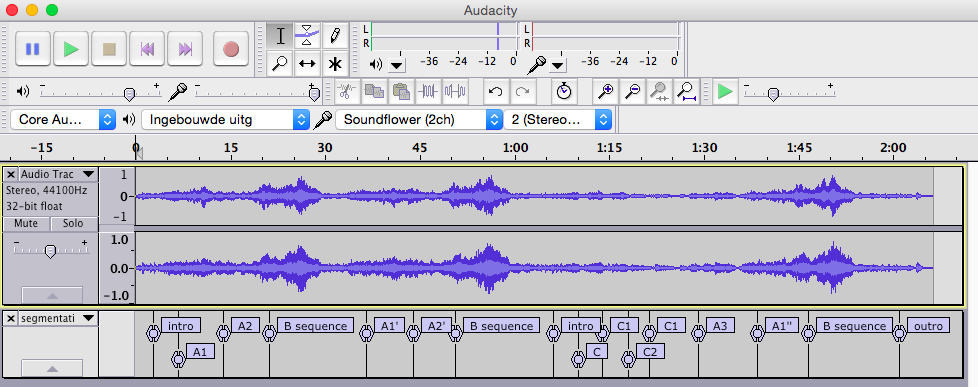When analyzing music it is important to build a mental image of the piece to be analyzed. It's not necessary to do this immediately and exclusively with theoretical terms.
A good start is listening to the progress and segmentation of the piece. We can ask ourselves questions like:
- How does it begin?
- How does it end?
- What's happening during the piece?
- Can the piece be divided in different sections or segments or does it have a gradual process-like progress?
- Where are potential points of segmentation?
- Do certain things (with or without change) return (repetition and variation)?
- Are there sections or segments which are clearly different from their immediate surrounding (contrast)?
We musicians often make use of analogies ans associations. It can be helpful to incorporate those in our analytic approach.
Possible analogies and associations are:
- visual (high, low, bright, dark, ...)
- (physical) feeling (warm, sharp, rough, round, ...)
- motoric (walking, running, standing, floating, soaring, ...)
- psychological (emotional) (happy, sad, melancholic, creepy, ...)
To acquire a global "overview" of the piece a program like Audacity can be very helpful. You open a sound file in Audacity and you can add so-called label tracks, in which you can annotate at any given moment what you hear in the music. You can do this while listening with the shortkey combination Ctrl-dot [.] or Cmd-dot [.] Of course you can add as many label tracks as you want, for example harmony (tonality, keys and chords), dynamics, texture, and so on.
The result could look like this:




